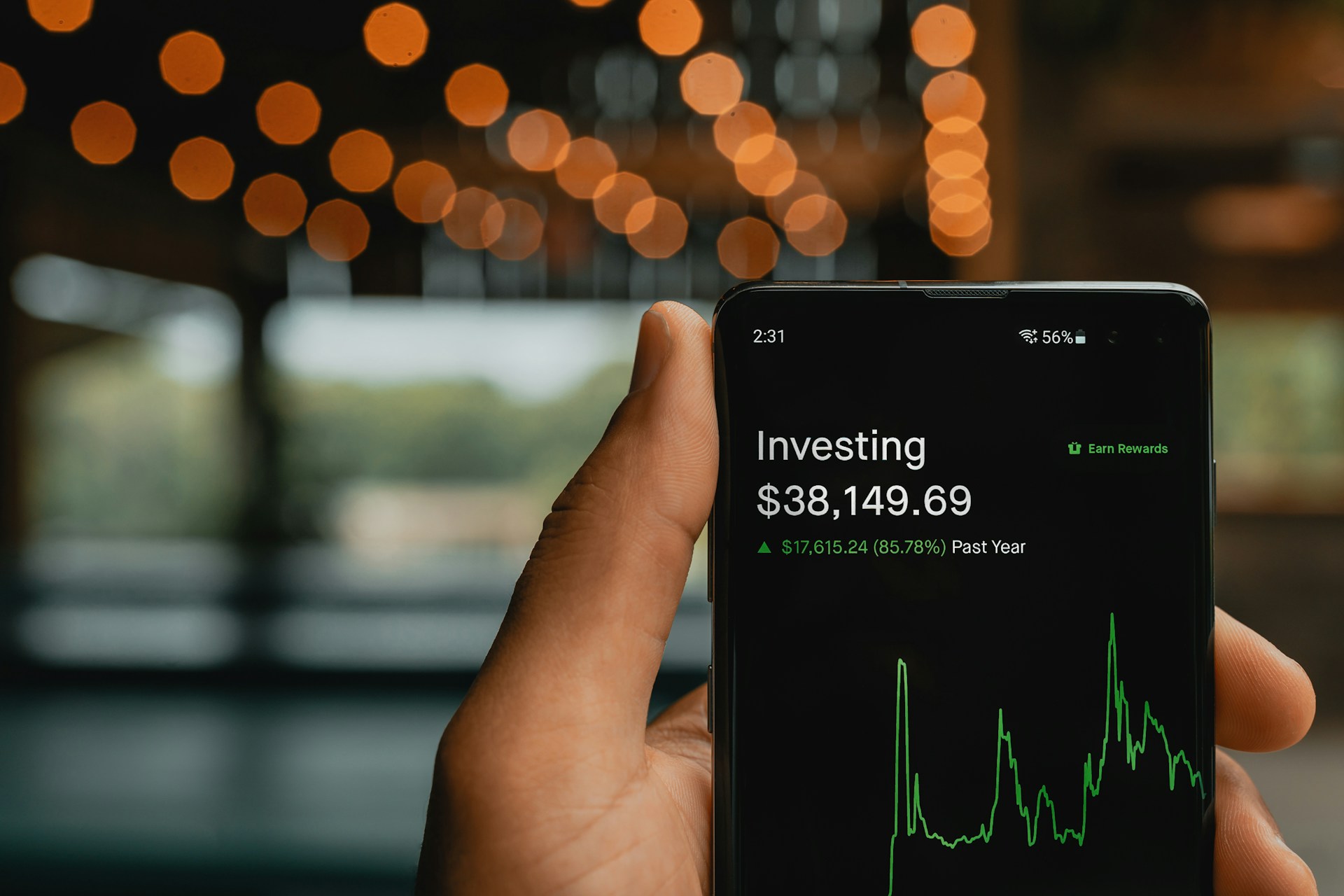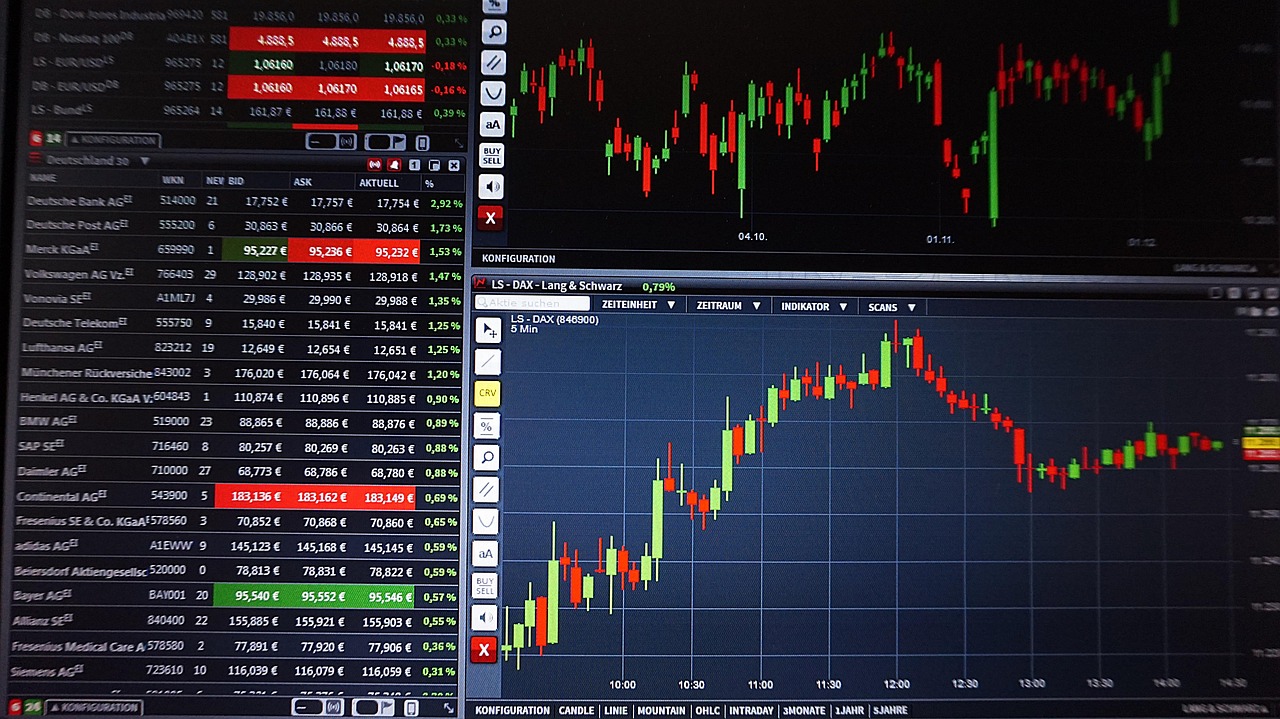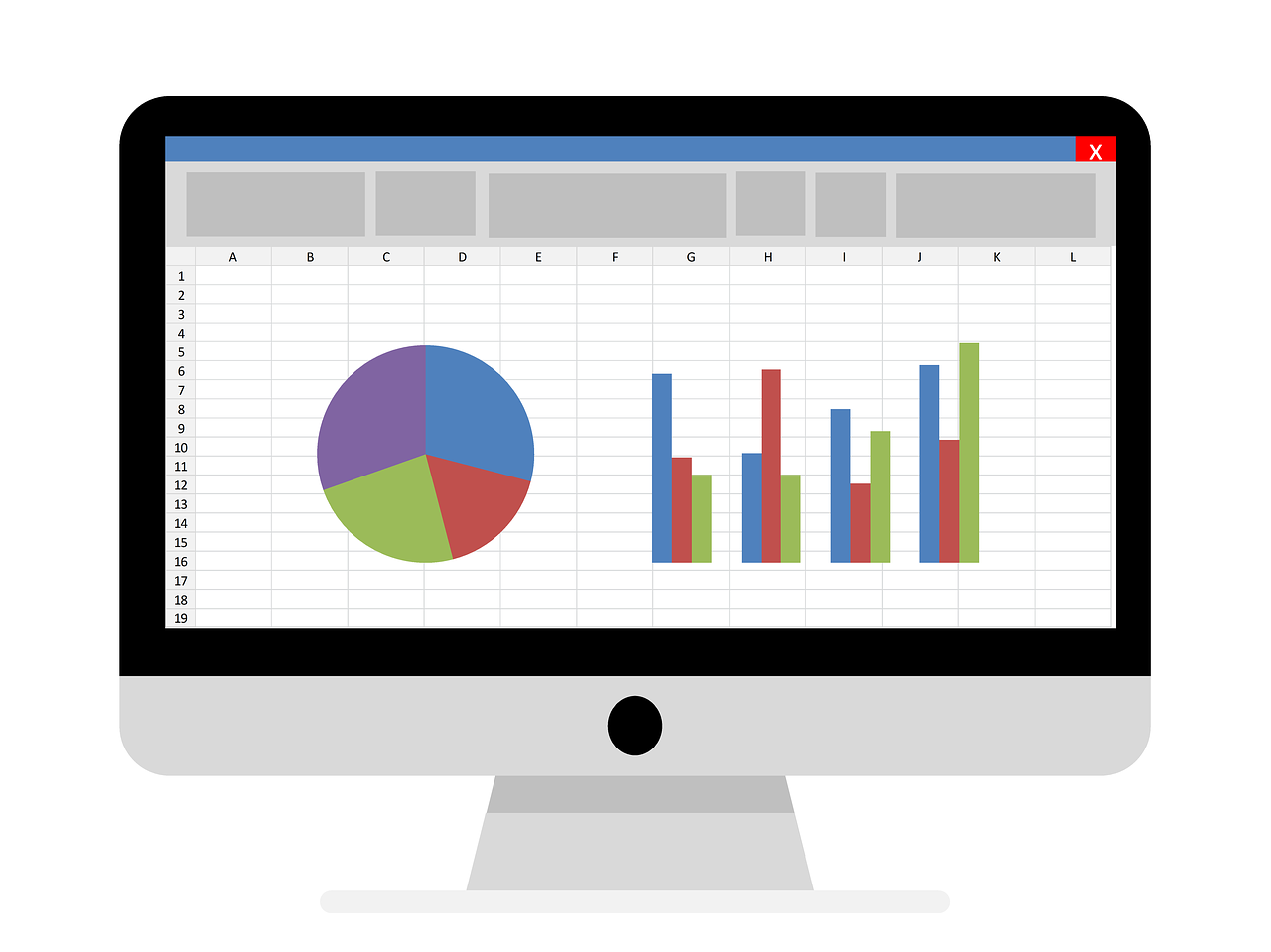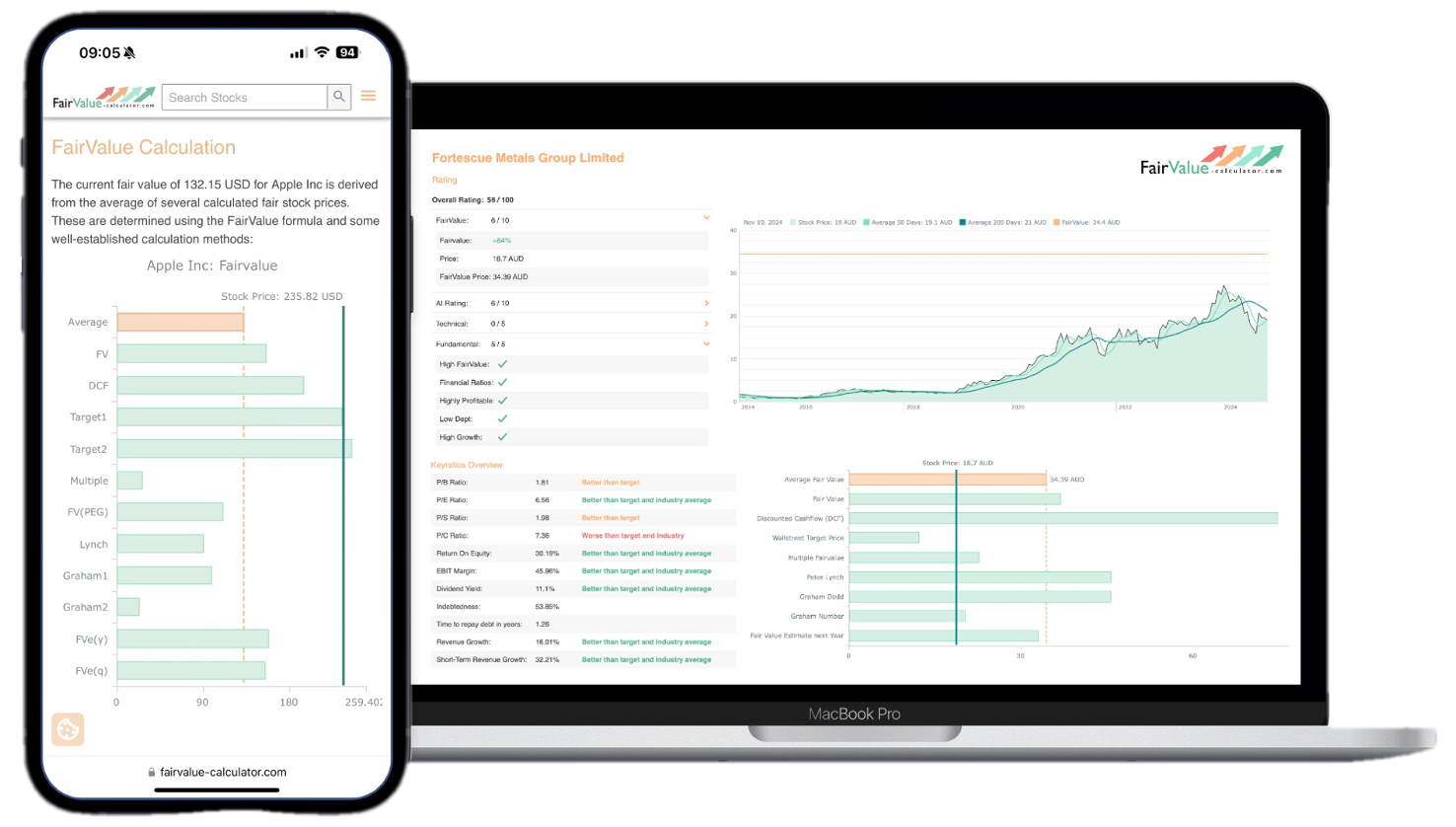The investment landscape has dramatically evolved over the past few years, with shifting interest rates, technological disruption, and changing market dynamics forcing investors to reconsider their strategies. As we navigate through 2025, the debate between fair value investing vs growth investing has become more nuanced and critical than ever before.
Understanding the differences between these investment strategies 2025 brings will help you position your portfolio for success in an increasingly complex market environment. Whether you’re drawn to the disciplined approach of fair value vs growth stocks, both strategies offer unique advantages and face distinct challenges in today’s market conditions.
This comprehensive guide will explore how these two fundamental investment philosophies are performing in 2025, what market conditions favor each approach, and how sophisticated investors are adapting their strategies to maximize returns while managing risk.
Explore our most popular stock fair value calculators to find opportunities where the market price is lower than the true value.
- Peter Lynch Fair Value – Combines growth with valuation using the PEG ratio. A favorite among growth investors.
- Buffett Intrinsic Value Calculator – Based on Warren Buffett’s long-term DCF approach to determine business value.
- Buffett Fair Value Model – Simplified version of his logic with margin of safety baked in.
- Graham & Dodd Fair Value – Uses conservative earnings-based valuation from classic value investing theory.
- Intrinsic vs. Extrinsic Value – Learn the core difference between what a company’s really worth and what others pay.
- Intrinsic Value Calculator – A general tool to estimate the true value of a stock, based on earnings potential.
- Fama-French Model – For advanced users: Quantifies expected return using size, value and market risk.
- Discount Rate Calculator – Helps estimate the proper rate to use in any DCF-based valuation model.
The Evolution of Investment Strategies in 2025
The investment world of 2025 looks markedly different from previous decades. Artificial intelligence has become mainstream, interest rates have stabilized after years of volatility, and a new generation of investors has embraced both traditional value principles and growth-oriented strategies with equal sophistication.
Technology integration has revolutionized how both value and growth investors conduct research and make decisions. AI-powered analysis tools can now process vast amounts of financial data, identify patterns in company fundamentals, and even predict market sentiment shifts with remarkable accuracy. This technological democratization means that individual investors now have access to institutional-quality research capabilities.
💡 Discover Powerful Investing Tools
Stop guessing – start investing with confidence. Our Fair Value Stock Calculators help you uncover hidden value in stocks using time-tested methods like Discounted Cash Flow (DCF), Benjamin Graham’s valuation principles, Peter Lynch’s PEG ratio, and our own AI-powered Super Fair Value formula. Designed for clarity, speed, and precision, these tools turn complex valuation models into simple, actionable insights – even for beginners.
Learn More About the Tools →Market structure changes have also shifted the playing field. The rise of passive investing through ETFs has created new inefficiencies that both value and growth investors can exploit. Meanwhile, the increasing importance of ESG (Environmental, Social, and Governance) factors has added new dimensions to both investment approaches.
Generational wealth transfer is creating new investment flows as millennials and Gen Z investors inherit significant assets while bringing different risk tolerances and investment philosophies than previous generations. These younger investors often blend value and growth principles in ways that would have seemed contradictory to earlier generations of investors.
Understanding Fair Value Investing in 2025
Fair value investing has evolved significantly from its traditional roots, incorporating modern analytical tools while maintaining its core focus on buying securities below their intrinsic worth. Today’s fair value investors use sophisticated models that go far beyond simple price-to-earnings ratios.
Modern fair value analysis incorporates multiple valuation methodologies simultaneously. Investors now routinely use discounted cash flow models, sum-of-the-parts analysis, and comparative company analysis within integrated frameworks that provide more robust valuation estimates than any single method alone.
ESG integration has become a crucial component of fair value analysis. Companies with strong environmental practices, effective governance, and positive social impact often trade at premiums that reflect their lower risk profiles and sustainable competitive advantages. Fair value investors in 2025 must account for these factors when calculating intrinsic worth.
Sector rotation strategies have become more sophisticated as fair value investors recognize that different sectors require different analytical approaches. Technology companies might be valued based on user metrics and platform effects, while traditional manufacturers might be analyzed using asset-based approaches and replacement cost methodologies.
Risk-adjusted returns receive greater emphasis in modern fair value investing. Rather than simply seeking the cheapest stocks, today’s practitioners focus on companies trading below fair value while exhibiting strong balance sheets, predictable cash flows, and competitive moats that protect against disruption.
The key metrics that fair value investors prioritize in 2025 include free cash flow yield, return on invested capital, debt-to-equity ratios adjusted for off-balance-sheet obligations, and qualitative assessments of management effectiveness and competitive positioning.
Growth Investing Strategies for 2025
Growth investing has also undergone significant transformation, moving beyond simply buying stocks with high earnings growth rates to encompass a more nuanced understanding of sustainable competitive advantages and market disruption patterns.
Quality growth focus has become paramount as investors learned painful lessons from the growth stock corrections of 2022-2023. Modern growth investors prioritize companies with sustainable competitive advantages, strong unit economics, and clear paths to profitability over pure revenue growth stories.
AI and technology integration plays a central role in growth investing strategies. Investors now look for companies that effectively leverage artificial intelligence, machine learning, and automation to create scalable business models and defend against competitive threats.
Market expansion opportunities receive careful analysis as growth investors seek companies that can expand their total addressable markets through innovation, international expansion, or adjacent market penetration. The focus has shifted from companies simply growing within existing markets to those creating entirely new market categories.
Profitability timelines are scrutinized more carefully than in previous years. While growth investors still accept current losses in exchange for future profits, the timeline for achieving profitability has compressed significantly, and investors demand clearer visibility into the path toward sustainable earnings.
Scalability assessment has become more sophisticated, with investors analyzing not just revenue scalability but also the scalability of competitive advantages, operational efficiency improvements, and market leadership positions.
The metrics that drive growth investing decisions in 2025 include revenue growth acceleration, customer acquisition costs relative to lifetime value, market share gains in expanding markets, research and development efficiency, and management’s track record of execution against strategic objectives.
Market Conditions Favoring Each Approach
The macroeconomic environment of 2025 creates distinct opportunities and challenges for both investment strategies, with certain market conditions clearly favoring one approach over the other.
Interest rate environment significantly impacts the relative attractiveness of value versus growth stocks. The current moderate interest rate environment, with rates stabilized in the 4-5% range, creates a more balanced playing field than the extreme conditions of recent years. Growth stocks no longer benefit from near-zero discount rates, while value stocks don’t face the headwinds of rapidly rising rates.
Inflation dynamics continue to influence sector rotation between value and growth strategies. Persistent but moderate inflation tends to favor companies with pricing power and asset-light business models, benefiting both high-quality value stocks and dominant growth companies while pressuring marginal businesses in both categories.
Market volatility patterns in 2025 have created opportunities for both approaches. Increased correlation between stocks during market stress periods has created opportunities for stock-specific analysis and security selection, benefiting both disciplined value and growth investors who can identify company-specific opportunities.
Sector leadership rotation has accelerated, with different industries leading markets in relatively short cycles. This rotation creates opportunities for fair value investors to identify temporarily out-of-favor sectors trading below intrinsic value, while growth investors can capitalize on emerging themes and technological disruptions.
Geopolitical considerations add complexity to both strategies. Trade relationships, regulatory changes, and international tensions create both risks and opportunities that require careful analysis regardless of investment approach.
Performance Comparison: Fair Value vs Growth Stocks
Analyzing the performance of fair value investing versus growth investing in 2025 reveals important insights about when each strategy tends to outperform and why.
Risk-adjusted returns show that both strategies can generate attractive returns, but through different mechanisms and with different risk profiles. Fair value investing has demonstrated more consistent returns with lower volatility, while growth investing has shown higher potential returns with correspondingly higher volatility.
Sector performance variation highlights how market leadership changes affect each strategy. During periods when technology and healthcare lead markets, growth strategies often outperform. When financials, energy, and industrials lead, fair value approaches typically generate better results.
Time horizon considerations remain crucial for performance comparison. Fair value investing tends to perform better over longer time horizons as intrinsic value recognition occurs gradually, while growth investing can generate faster returns when market sentiment shifts rapidly in favor of growth themes.
Market cycle sensitivity affects each strategy differently. Fair value investing often performs well during market downturns as investors seek safety and reasonable valuations, while growth investing typically excels during market expansions when investors are willing to pay premiums for future potential.
Concentration versus diversification impacts performance differently for each approach. Growth investors often benefit from concentrated positions in their highest-conviction ideas, while fair value investors typically achieve better risk-adjusted returns through broader diversification across undervalued opportunities.
Combining Strategies: The Hybrid Approach
Sophisticated investors in 2025 increasingly recognize that fair value and growth investing need not be mutually exclusive approaches. The most successful practitioners often blend elements of both strategies to create more robust investment frameworks.
Growth at a reasonable price (GARP) represents one popular hybrid approach that seeks companies with strong growth prospects trading at reasonable valuations relative to their growth rates. This strategy aims to capture the best of both worlds while avoiding the extremes of either approach.
Lifecycle investing adapts strategy based on company maturity stages. Investors might apply growth-oriented analysis to emerging companies and early-stage market leaders while using fair value approaches for mature companies in established industries.
Sector-specific approaches recognize that different industries require different analytical frameworks. Technology companies might be evaluated using growth metrics and platform effects, while utilities and consumer staples might be analyzed using traditional value metrics and dividend sustainability.
Risk budgeting frameworks allocate capital between value and growth opportunities based on portfolio risk targets and market conditions. During periods of market stress, allocations might shift toward fair value opportunities, while during market expansions, growth allocations might increase.
Dynamic rebalancing between strategies based on market valuations and opportunity sets helps investors capitalize on the cyclical nature of market leadership between value and growth styles.
Technology’s Impact on Both Strategies
The technological revolution continues to reshape how both fair value and growth investors conduct research, make decisions, and execute strategies in 2025.
AI-powered analysis has democratized sophisticated financial modeling, allowing individual investors to perform institutional-quality research. Machine learning algorithms can now identify patterns in financial statements, predict earnings trends, and even assess management effectiveness through natural language processing of earnings calls and SEC filings.
Real-time data integration enables more dynamic valuation models that incorporate current market conditions, industry trends, and company-specific developments. Fair value investors can now update their intrinsic value calculations continuously as new information becomes available.
Behavioral analysis tools help investors understand market sentiment and positioning, providing insights into when securities might be mispriced due to technical factors rather than fundamental changes. This information benefits both value investors seeking contrarian opportunities and growth investors timing their entries and exits.
Portfolio optimization software uses modern portfolio theory enhanced with machine learning to construct portfolios that balance risk and return more effectively than traditional approaches. These tools can optimize allocations between value and growth strategies based on historical performance patterns and current market conditions.
Alternative data sources provide insights beyond traditional financial statements. Satellite imagery, social media sentiment, patent filings, and employee review data can provide early indicators of business performance that benefit both investment approaches.
Sector-Specific Applications
Different sectors of the economy lend themselves better to either fair value or growth investing approaches, and understanding these sector dynamics is crucial for strategy selection in 2025.
Technology sector analysis requires hybrid approaches that combine growth metrics with traditional valuation disciplines. Companies like Microsoft and Apple demonstrate how mature technology companies can be evaluated using both growth potential and traditional value metrics simultaneously.
Healthcare and biotechnology sectors often favor growth-oriented analysis for emerging companies developing breakthrough treatments, while established pharmaceutical companies with patent portfolios and dividend histories might be better suited for fair value analysis.
Financial services traditionally favor value-oriented approaches focused on book value, return on equity, and regulatory capital ratios, though fintech companies disrupting traditional banking often require growth-oriented analysis frameworks.
Energy sector dynamics have evolved significantly with the transition to renewable energy sources. Traditional energy companies might be analyzed using asset-based value approaches, while renewable energy companies often require growth-oriented frameworks focused on market expansion and technological advancement.
Consumer discretionary versus consumer staples illustrate the sector-based differences clearly. Consumer staples companies with stable demand patterns often suit fair value analysis, while discretionary companies benefiting from changing consumer preferences might be better evaluated using growth frameworks.
Risk Management Considerations
Both fair value and growth investing strategies face distinct risk profiles that require different risk management approaches in 2025’s market environment.
Value traps remain a significant risk for fair value investors. Companies that appear cheap based on traditional metrics might be facing permanent business model disruption or competitive pressure that justifies lower valuations. Modern fair value investors must incorporate disruption analysis and competitive positioning assessment into their risk management frameworks.
Growth disappointments pose the primary risk for growth investors. Companies that fail to meet high growth expectations often experience dramatic price corrections that can eliminate years of gains quickly. Diversification and position sizing become crucial for managing this concentration risk.
Market timing risks affect both strategies but in different ways. Fair value investors might experience extended periods of underperformance if market sentiment favors growth themes, while growth investors might face significant drawdowns during market corrections that disproportionately affect high-valuation stocks.
Liquidity considerations become important during market stress periods. Both strategies must consider whether their portfolio holdings will maintain adequate liquidity during market downturns when selling might become necessary.
Concentration versus diversification trade-offs require careful consideration. While concentration can enhance returns for both strategies, it also increases risk, particularly during sector rotations or market corrections.
Building Your 2025 Investment Framework
Creating an effective investment framework for 2025 requires understanding both strategies and developing systematic approaches that can adapt to changing market conditions.
Strategy selection criteria should be based on your investment timeline, risk tolerance, and expertise areas. Investors with longer time horizons and higher risk tolerance might favor growth-oriented approaches, while those seeking more predictable returns might prefer fair value strategies.
Portfolio construction principles should incorporate elements of both approaches while maintaining consistency with your overall investment objectives. Consider allocating specific percentages to each strategy based on market conditions and opportunity sets.
Research and analysis processes should be systematized to ensure consistent application of your chosen approach. Develop checklists and screening criteria that help identify opportunities while avoiding common pitfalls associated with each strategy.
Performance measurement and adjustment mechanisms should track not just returns but risk-adjusted performance and adherence to your investment process. Regular reviews help identify when strategy adjustments might be appropriate.
Continuous education and adaptation remain crucial as markets evolve and new opportunities emerge. Stay current with industry developments, regulatory changes, and technological advances that might affect your investment approach.
The Future of Investment Strategies
Looking beyond 2025, several trends are likely to continue shaping the evolution of both fair value and growth investing approaches.
Increased integration of quantitative and qualitative analysis will continue as technology improves and data availability expands. Both strategies will likely incorporate more sophisticated risk assessment and opportunity identification tools.
ESG considerations will become increasingly important for both approaches as regulatory requirements expand and investor preferences continue shifting toward sustainable investing practices.
Global market integration will require both strategies to consider international opportunities and risks more systematically as domestic markets become increasingly correlated with global trends.
Democratization of institutional tools will continue leveling the playing field between individual and institutional investors, requiring greater sophistication in strategy implementation and risk management.
Practical Implementation Strategies
For investors looking to implement either fair value or growth strategies in 2025, several practical considerations can improve success rates and risk management.
Start with strategy selection based on your natural inclinations, available time for research, and risk tolerance. Fair value investing typically requires more patience and contrarian thinking, while growth investing demands comfort with volatility and uncertainty.
Develop systematic screening processes to identify potential opportunities within your chosen strategy. Fair value investors might screen for low price-to-book ratios, high dividend yields, and strong balance sheets, while growth investors might focus on revenue growth acceleration, market expansion opportunities, and competitive advantages.
Create position sizing rules that reflect the different risk profiles of each approach. Growth positions might be sized smaller due to higher volatility, while value positions might be larger due to greater predictability and lower downside risk.
Establish review and rebalancing procedures that account for the different time horizons and catalysts associated with each strategy. Value investments might require longer holding periods for thesis validation, while growth investments might require more frequent monitoring of execution metrics.
Build knowledge systematically by focusing on specific sectors or investment themes where you can develop expertise and competitive advantages in analysis and opportunity identification.
The choice between fair value investing and growth investing in 2025 ultimately depends on your individual circumstances, market outlook, and investment objectives. Both strategies offer viable paths to investment success when implemented with discipline, proper risk management, and continuous learning.
The most successful investors often recognize that market conditions create cyclical opportunities for both approaches and maintain flexibility to emphasize whichever strategy offers the most attractive risk-adjusted return opportunities at any given time. By understanding the strengths and limitations of each approach, you can build a more robust investment framework that adapts to changing market conditions while remaining true to your core investment principles.
Ready to analyze both value and growth opportunities with precision? Use our Fair Value Calculator to calculate intrinsic values and identify the best investment opportunities regardless of your preferred strategy.







Düzce evden eve nakliyat
This is my first time pay a quick visit at here and i am really happy to read everthing at one place
Evden eve nakliyat
Good post! We will be linking to this particularly great post on our site. Keep up the great writing
renjith
Great information shared.. really enjoyed reading this post thank you author for sharing this post .. appreciated
renjith
This is my first time pay a quick visit at here and i am really happy to read everything at one place